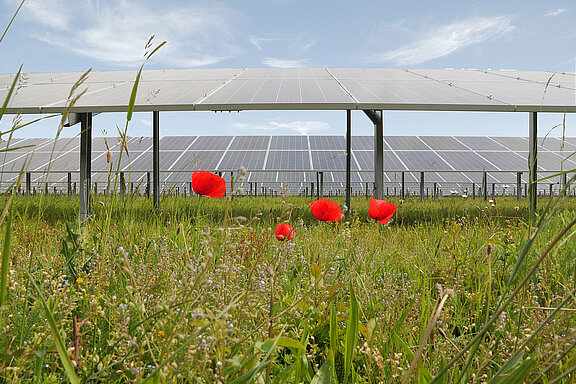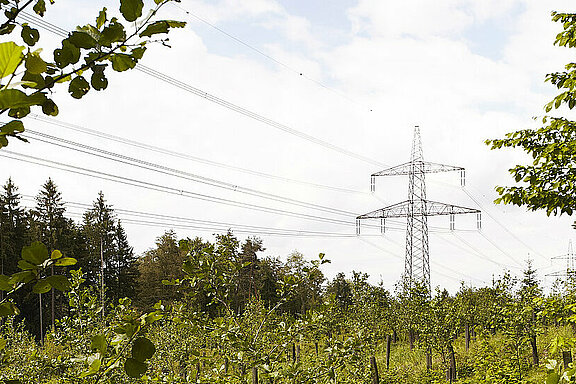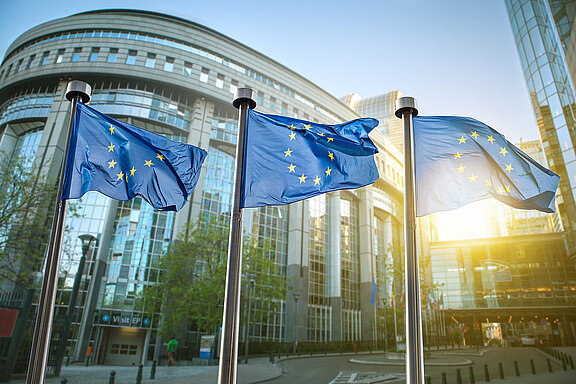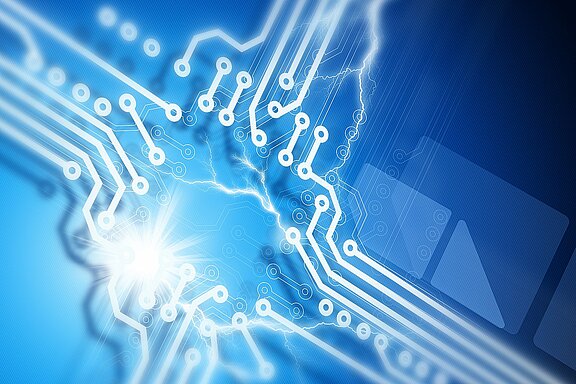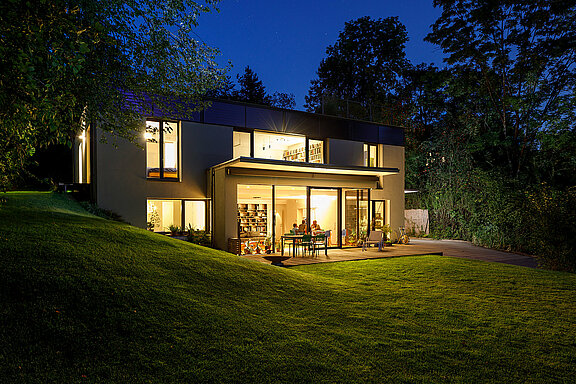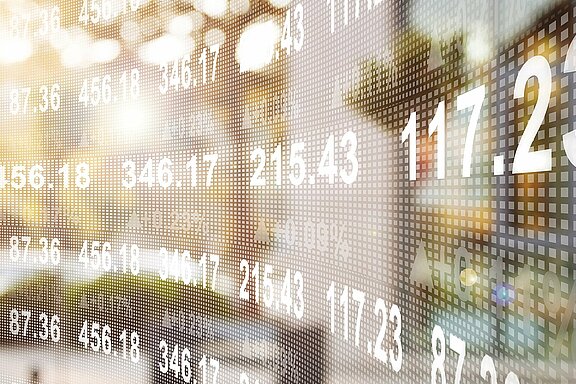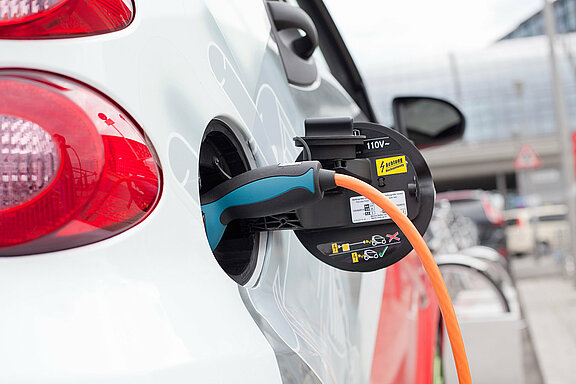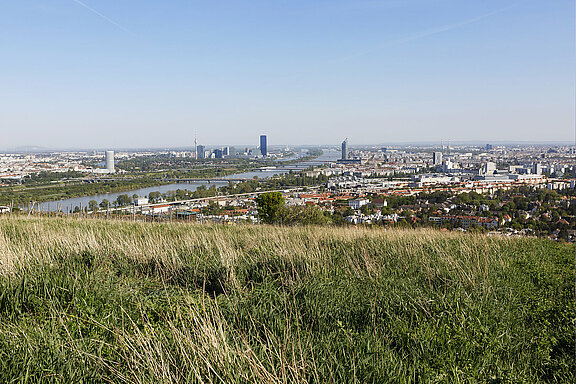Our electricity system
Austria has a highly reliable electricity supply network – thanks mainly to a diversified mix of energy sources which ensures that generating capacity can be put to optimum use at any time. This section of our website tells you everything you need to know about the Austrian electricity system.
How does our electricity system work and how can we achieve climate neutrality?
Over the course of any given year, three-quarters of Austria’s electricity comes from renewables. But to make the system climate-neutral, we will need to take a number of important steps over the coming years. Above all, we need to build high-efficiency storage facilities and expand our networks.



